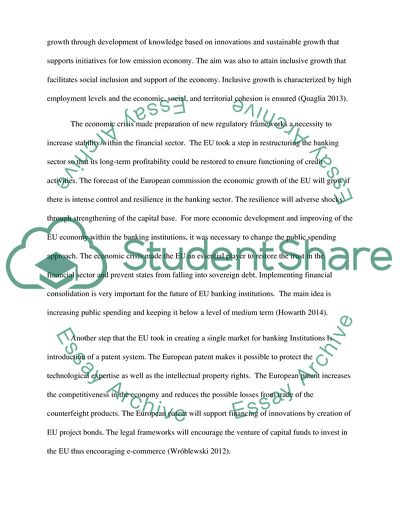Cite this document
(“Creating a Single Market for Banking Institutions in EU Coursework - 1”, n.d.)
Creating a Single Market for Banking Institutions in EU Coursework - 1. Retrieved from https://studentshare.org/finance-accounting/1678807-critically-examine-the-steps-that-have-been-taken-in-the-eu-to-create-a-single-market-for-banking-institutions-have-they-been-successful
Creating a Single Market for Banking Institutions in EU Coursework - 1. Retrieved from https://studentshare.org/finance-accounting/1678807-critically-examine-the-steps-that-have-been-taken-in-the-eu-to-create-a-single-market-for-banking-institutions-have-they-been-successful
(Creating a Single Market for Banking Institutions in EU Coursework - 1)
Creating a Single Market for Banking Institutions in EU Coursework - 1. https://studentshare.org/finance-accounting/1678807-critically-examine-the-steps-that-have-been-taken-in-the-eu-to-create-a-single-market-for-banking-institutions-have-they-been-successful.
Creating a Single Market for Banking Institutions in EU Coursework - 1. https://studentshare.org/finance-accounting/1678807-critically-examine-the-steps-that-have-been-taken-in-the-eu-to-create-a-single-market-for-banking-institutions-have-they-been-successful.
“Creating a Single Market for Banking Institutions in EU Coursework - 1”, n.d. https://studentshare.org/finance-accounting/1678807-critically-examine-the-steps-that-have-been-taken-in-the-eu-to-create-a-single-market-for-banking-institutions-have-they-been-successful.


